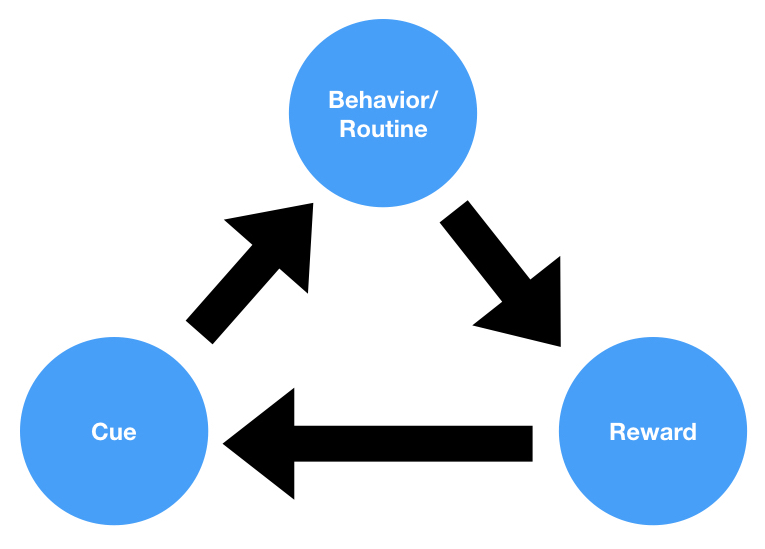A reinforcer is a term used in behavioral psychology to describe a stimulus, event, or consequence that follows a particular behavior and increases the likelihood that the behavior will be repeated in the future. Reinforcement is a fundamental concept in operant conditioning, a learning process first introduced by B.F. Skinner, where voluntary behaviors are shaped and maintained by their consequences.
Types of reinforcers
Reinforcers can be categorized into two main types: positive reinforcers and negative reinforcers.
Positive Reinforcer
A positive reinforcer is a desirable stimulus that, when presented or added after a behavior, strengthens the likelihood of the behavior’s recurrence. Positive reinforcement is the process of increasing the probability of a behavior by presenting a positive reinforcer. Examples of positive reinforcers include praise, a treat, or a reward.
Negative Reinforcer
A negative reinforcer is an aversive or unpleasant stimulus that, when removed or reduced after a behavior, strengthens the likelihood of the behavior’s recurrence. Negative reinforcement is the process of increasing the probability of a behavior by removing or reducing a negative reinforcer. Examples of negative reinforcers include relief from pain, the cessation of an annoying noise, or the removal of an unpleasant task.
It is important to note that the effectiveness of a reinforcer is subjective and can vary from individual to individual. What may be reinforcing for one person may not have the same effect on another. Furthermore, the value of a reinforcer can change over time and in different contexts.
In addition to the two main types of reinforcers, the concept of reinforcement can be further divided into primary and secondary reinforcers.
Primary Reinforcer
A primary reinforcer is a stimulus that is inherently rewarding and satisfies a basic biological need. Primary reinforcers include food, water, and warmth. These reinforcers do not require any learning or conditioning to be effective.
Secondary Reinforcer
A secondary reinforcer, also known as a conditioned reinforcer, is a stimulus that acquires its reinforcing value through association with primary reinforcers. Secondary reinforcers are learned and often carry social or cultural significance. Examples include money, grades, and social approval.
Summary
In summary, a reinforcer is a crucial concept in behavioral psychology, referring to a stimulus, event, or consequence that strengthens the likelihood of a particular behavior’s recurrence. Reinforcers can be positive or negative, primary or secondary, and their effectiveness depends on individual preferences and context. Understanding reinforcement and its role in shaping behavior is essential for designing effective interventions, teaching strategies, and behavior modification programs.




